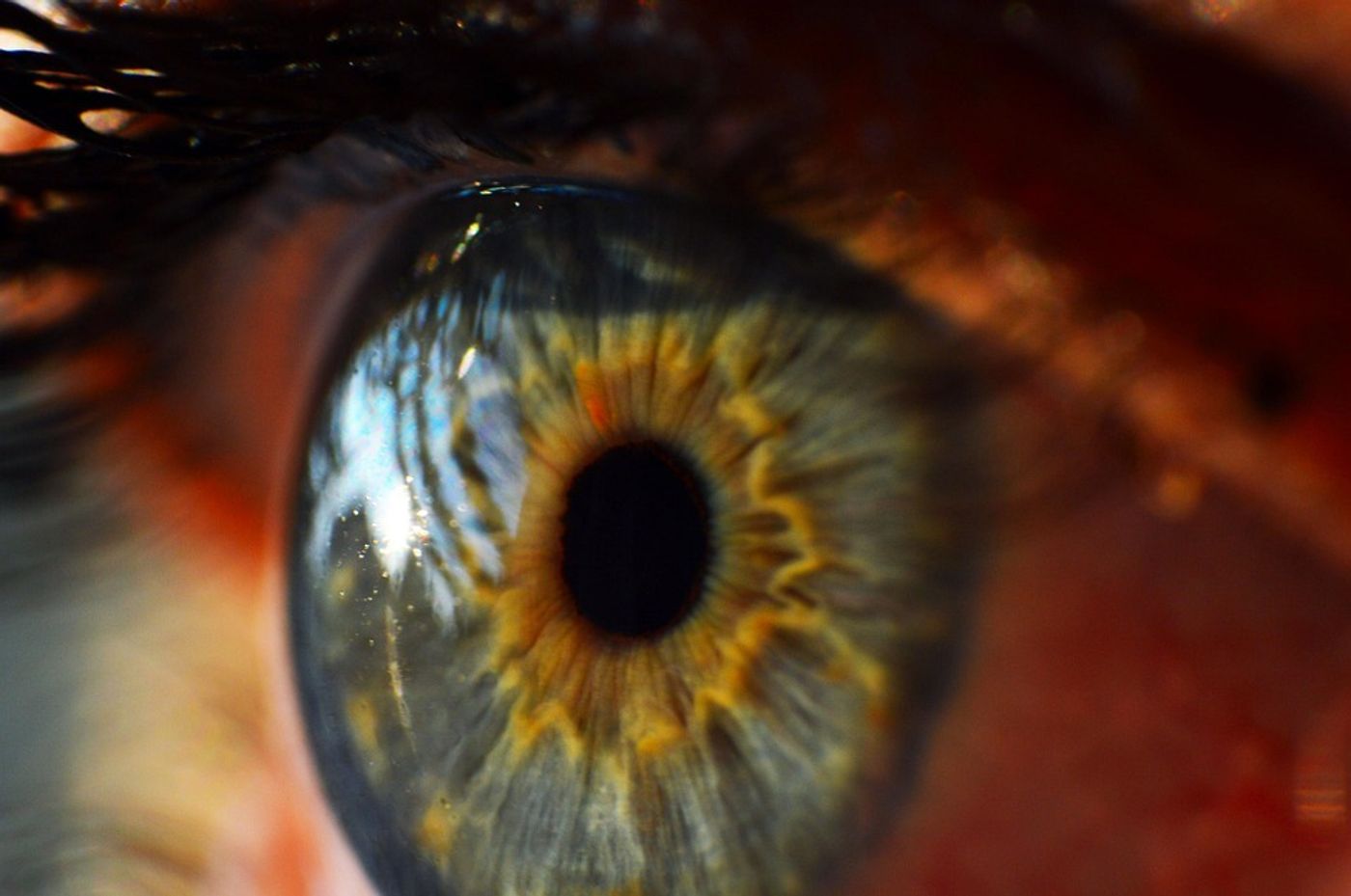University College London scientists reported a potential new method of detecting Parkinson’s disease with a
retina scan. The non-invasive eye test could be the first to screen patients for Parkinson’s disease years before symptoms like tremors and muscle stiffness develop.

"This is potentially a revolutionary breakthrough in the early diagnosis and treatment of one of the world's most debilitating diseases," said Francesca Cordeiro, Professor of Glaucoma & Retinal Neurodegeneration Studies at UCL, who led the research.
Parkinson’s disease is a neurological disease characterized by progressive neurodegeneration, causing severe impairments in movement. This disease affects nearly 10 million people worldwide. Most often, the disease is associated with involuntary, uncontrolled tremors; however, patients can also suffer from muscle stiffness and the difficulty moving or speaking.
Because the disease is progressive, symptoms worsen over time. There are no cures, but medications can improve some of the symptoms, especially if the disease is diagnosed at early stages.
UCL scientists studying Parkinson’s in a rat model found that the animals’ retina developed changes before the characteristic limb tremor and stiffness occurred. In particular, the scientists noted the rats’ retina changed thickness, and there were more deaths of retinal ganglion cells via apoptosis. This suggests that the retinal changes can be used as biomarkers for Parkinson’s disease.
Even though Parkinson’s is the second most common neurodegenerative disease worldwide, diagnosis of this condition is still done largely by a process of elimination. Truly definite diagnosis of Parkinson’s is only available with histological confirmation post-mortem. Thus, this new retinal scan could be a revolutionary leap into how doctor diagnose Parkinson’s.
"These tests mean we might be able to intervene much earlier and more effectively treat people with this devastating condition," said Cordeiro.
The retina is located at the back of the eye, and can be easily screened by optometrists through non-invasive means. "Although the research is in its infancy and is yet to be tested on people with Parkinson's, a simple non-invasive test - such as an eye test - could be a significant step forward in the search for treatments that can tackle the underlying causes of the condition rather than masking its symptoms," said Arthur Roach, director of research at the charity Parkinson's UK.
Additional sources:
BBC News,
MNT









